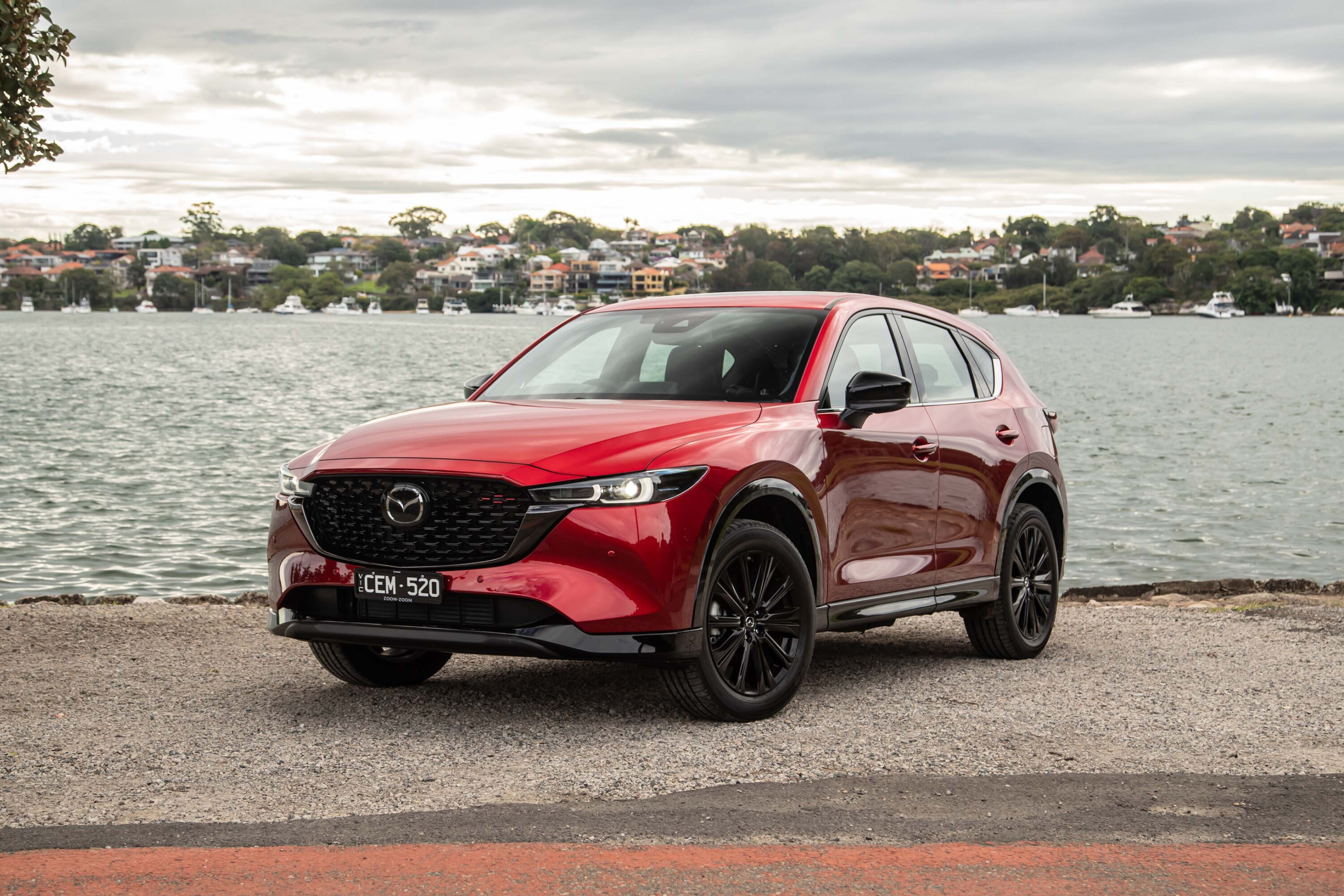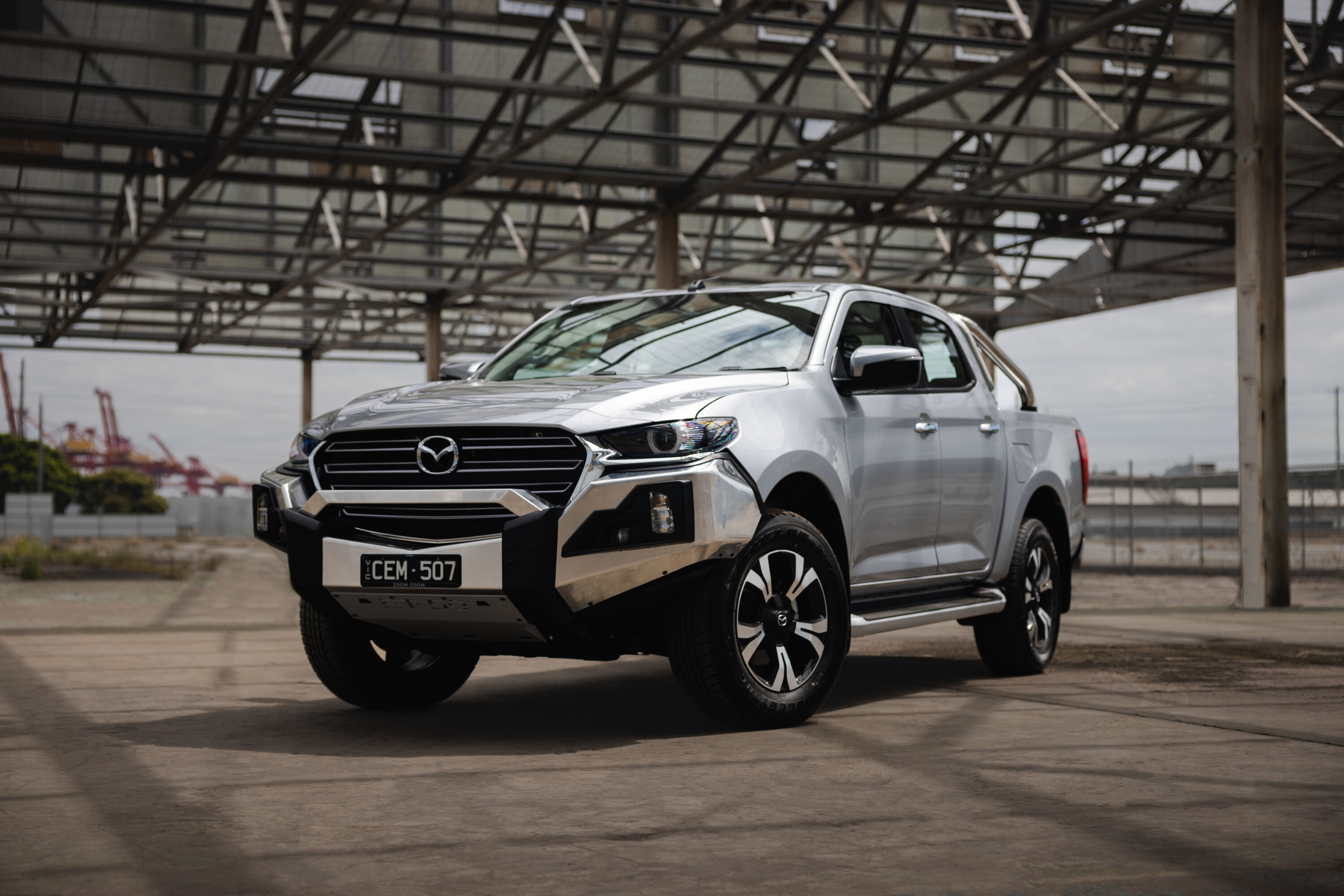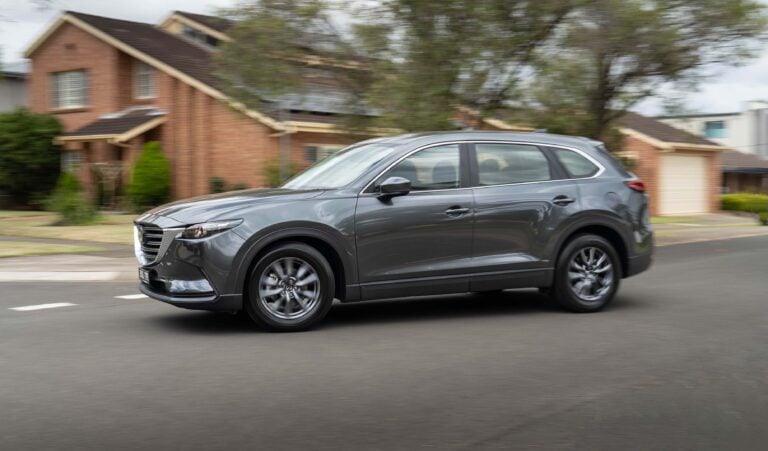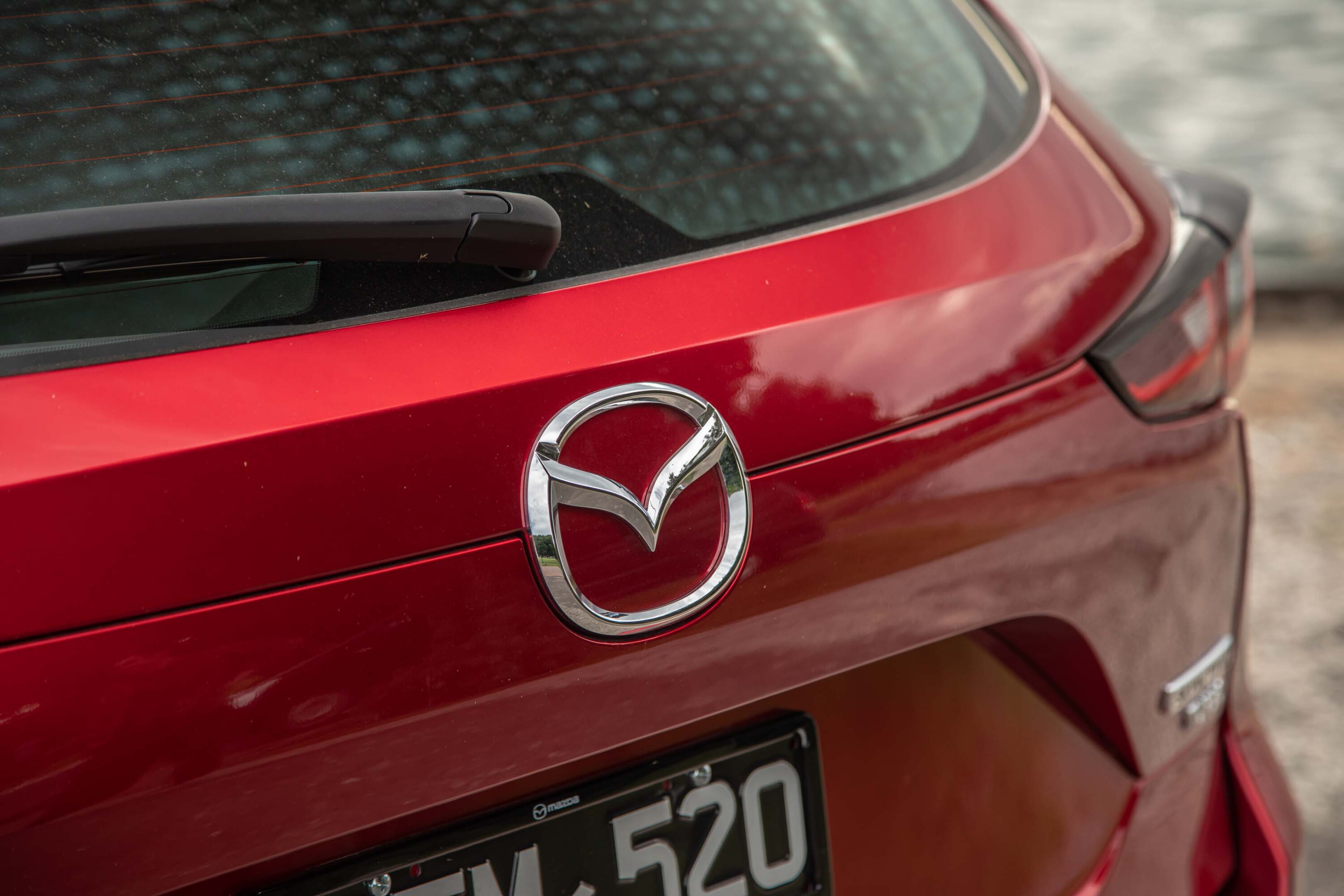Mazda Australia expects to reach 100,000 sales at year’s end – for the first time since 2018.
While it forecasted 100,000 sales in 2019, the brand fell just short with 97,619 registrations – down from 111,280 units in 2018.
Supply and logistical issues have impacted the entire automotive industry – including Mazda – locally and globally since the COVID-19 pandemic struck in 2020, but managing director Vinesh Bhindi believes the brand is recovering well in 2023.
“It’s already been a busy year for Mazda Australia,” he said.

“As a preferential market for Mazda globally, we came into 2023 in a stronger stock position, which has allowed us to fulfil customer orders.
“Now, despite the industry impact from the local logistics and quarantine delay challenges, we are in a fortunate position to be one of the premier automotive brands with sufficient inventory across almost the entirety of our model range.
“Over the coming quarter, we’ll be replenishing our stock across the board with particularly healthy arrivals for BT-50, CX-9, CX-5 and CX-30.”
“This had a positive impact for our Japanese calendar year results, which saw us reach a full-year sales figure of 91,200 deliveries.

“We saw our monthly sales from March 2022 to March 2023, where we averaged around 8000 sales per month.
“In short, this confirms that we are on the right trajectory to meet our sales goals of around 100,000 units at the end of 2023.
When asked about the supply issues affecting the wider automotive industry, Bhindi said: “There’s always some level of supply challenges, but it’s not as severe as the last two years were. We’ve got some challenges, but nothing that would take centre stage.”
“Most manufacturers still have limitations on [the semiconductor chip] front, but more of the challenges are logistics, shipping lines, etc. – but none of that is causing us major headaches.
“If a customer’s expectation is for ‘every car, every model if I walk into a dealership, I can walk out that day with my preference’, it’s not that. It’s more like, yes, we can get it for you and it’s probably a handful of days. But for models like BT-50, CX-5 and CX-30, we have a good supply.”
VFACTS new-car sales data reveals Mazda has sold 32,243 vehicles in Australia year-to-date – down 13 per cent from last year. Currently, its top-selling vehicle is the CX-5 medium SUV (7949), followed by the CX-3 light SUV (5325) and BT-50 ute (5257).
Mazda’s local marketing boss, Alastair Doak, said the brand hopes to achieve record sales for the BT-50 in 2023, with the ute currently sitting below the Ford Ranger, Toyota HiLux, and its Isuzu D-Max twin under-the-skin year-to-date.
“The BTs done really well, and I think we keep saying, we don’t seem to have had a clear run at it,” he said.

“This year, we have a good supply currently and the fuel consumption numbers on that car are really positive as well, which is important if you’re running it as part of a business.
“We’re happy with the powertrain and the car itself. It’s doing well and we continue to grow sales, and hopefully that’ll keep growing. We might have a record for BT-50 this year. Let’s see what happens.”
Mazda Australia has recently launched updates to the mid-size Mazda 6, CX-8 large SUV, and its funky MX-30 petrol or all-electric small SUV.
Revisions for the Mazda 2 light car and Mazda 3 small car are due here in the third quarter, while the CX-30 is expected to mirror its updated 3 twin by the end of the year.
Next month, Mazda will launch its first premium-orientated Large Architecture-based vehicle, the rear-biased CX-60 medium SUV, while its larger CX-90 sibling will follow in August.
The popular CX-9 will make way for the three-row CX-80 in 2024, with final deliveries expected at the end of the year.
While not direct replacements for the CX-9, the CX-80 and CX-90 effectively occupy the same large seven-seat SUV segment that the CX-9 has filled since its introduction in Australia in 2007.
We recommend
-
 Reviews
ReviewsMazda CX-5 review: Full range detailed
The Mazda CX-5 is a popular medium-size SUV in Australia. Learn more about the CX-5 range, including price, interior, boot space, safety assists, and performance.
-
 Reviews
ReviewsMazda CX-9 Sport FWD 2023 review
The big new premium CX-90 has now been unveiled – but is the existing CX-9 still the seven-seat Mazda to buy?
-
 News
News2023 Mazda BT-50 XTR LE joins the range
A new limited edition Mazda BT-50 is landing, adding an accessory package to save buyers $2500






